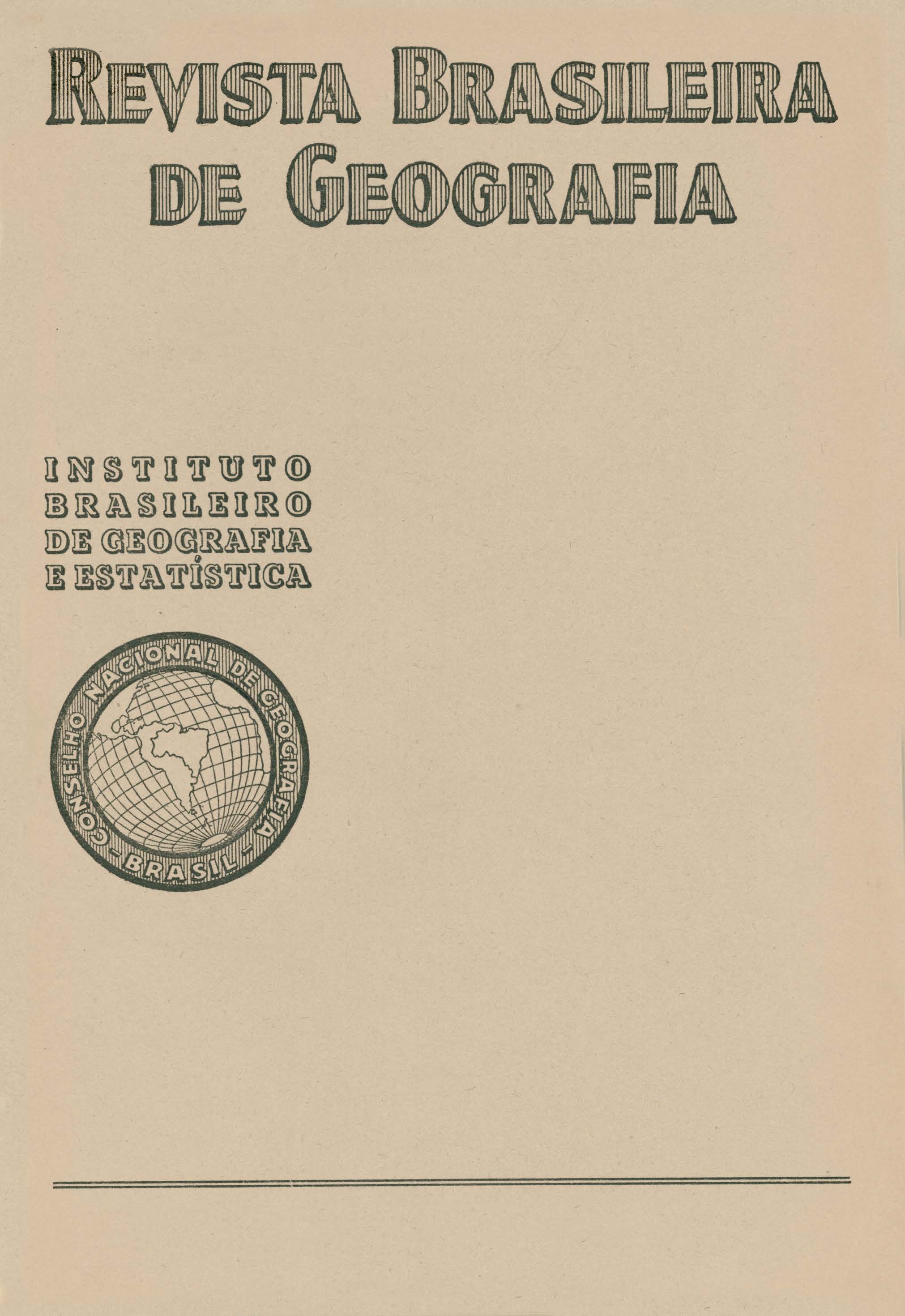Regime de explotação da terra no Nordeste : uma tentativa de expressão cartográfica
Palavras-chave:
Brasil;, Nordeste;, Trabalhadores rurais;, Uso do solo;, Geografia agrícola;, Agricultura.Resumo
On the basis of statistical data, the author has prepared a map of the Northeast showing the system of land development employed in the different regions. This map is tinted with patches corresponding to a preponderance of the elements of the land development system, as adopted by the Census authorities, which specify a division into wage-earners, sharecroppers and nonsalaried workers. The author goes on to analyses these patches, pointing out that wage-earners are to be found mainly along the seaboard, in the sugarcane, coconut and cacao producing zones, and in stockraising activities; in the humid valleys and mountains of the northeast, in Cariri region of Ceará and at other points inland. Sharecropping is common practice in the cotton-growing zone known as the Seridó, on the rice paddies along the lower course of the São Francisco river and in other areas. The class of nonsalaried workers, which comprises smallholders and tenant farmers, is concentrated chiefly in the recently settled rice-growing region to the west of Maranhão, in the transitional fringe lying between the humid seaboard and the semi-arid Interior and known as the Agreste, and finally in the Sertão or backlands.
The author winds up by stressing the importance of the system of land development in relation to the low standard of living in the northeastern region, which tends to promote seasonal migrations, internal migration, and migrations from the Northeast to the Southeast of the country.






